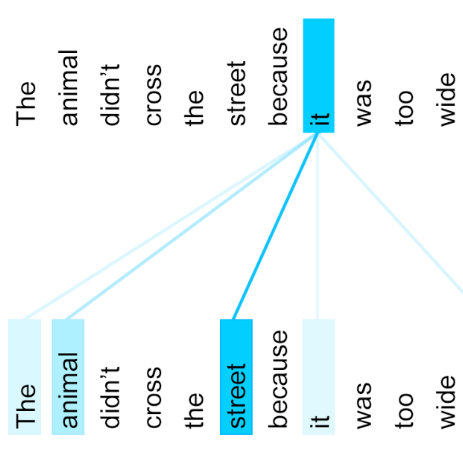Despite significant progress, we show that state of the art 3D human pose and shape estimation methods remain sensitive to partial occlusion and can produce dramatically wrong predictions although much of the body is observable. To address this, we introduce a soft attention mechanism, called the Part Attention REgressor (PARE), that learns to predict body-part-guided attention masks. We observe that state-of-the-art methods rely on global feature representations, making them sensitive to even small occlusions. In contrast, PARE's part-guided attention mechanism overcomes these issues by exploiting information about the visibility of individual body parts while leveraging information from neighboring body-parts to predict occluded parts. We show qualitatively that PARE learns sensible attention masks, and quantitative evaluation confirms that PARE achieves more accurate and robust reconstruction results than existing approaches on both occlusion-specific and standard benchmarks. The code and data are available for research purposes at {\small \url{https://pare.is.tue.mpg.de/}}
翻译:尽管取得了重大的进展,我们仍表明,第3D类人类构成状况和估计方法的状况仍然对部分封闭十分敏感,尽管身体大部分是可见的,但可能会产生严重错误的预测。为了解决这个问题,我们引入了一个软关注机制,称为注意力反射器(PARE),它学会了预测身体部位的辅助关注面罩。我们观察到,最先进的方法依赖于全球特征表征,使它们对很小的封闭性也十分敏感。相比之下,PARE的局部引导关注机制通过利用关于个体身体部分可见度的信息,同时利用来自相邻身体部分的信息来预测隐蔽部分,克服了这些问题。我们从质量上表明,PARE学会了明智的注意面罩,定量评估证实PARE在特定封闭性和标准基准方面所取得的重建成果比现有方法更准确、更稳健。代码和数据可在小的url/https://pare.is.tue.mpg/_}用于研究目的。




